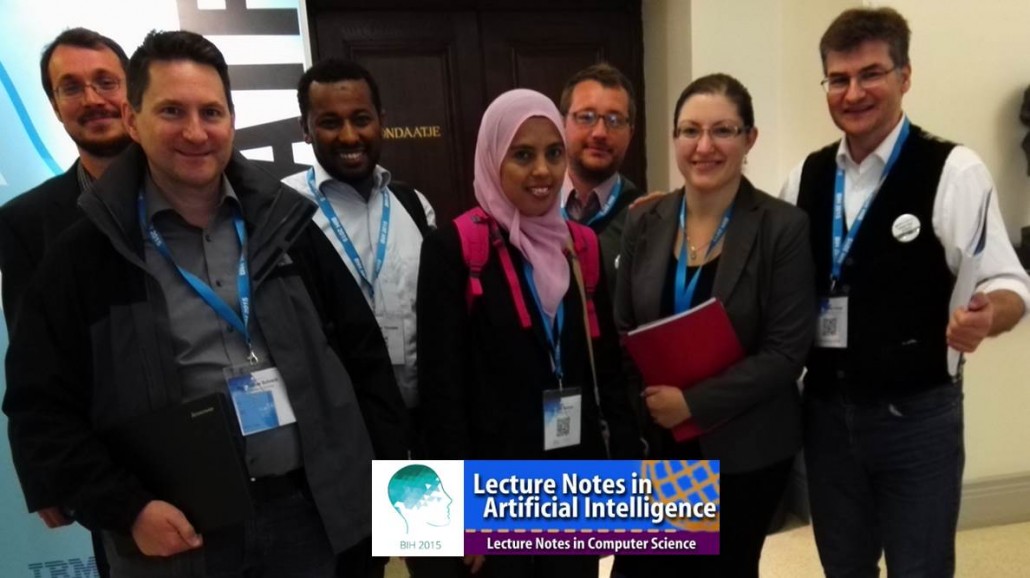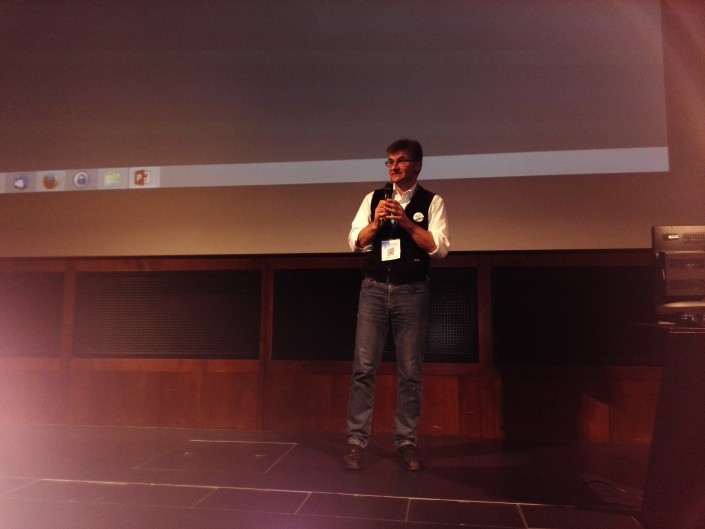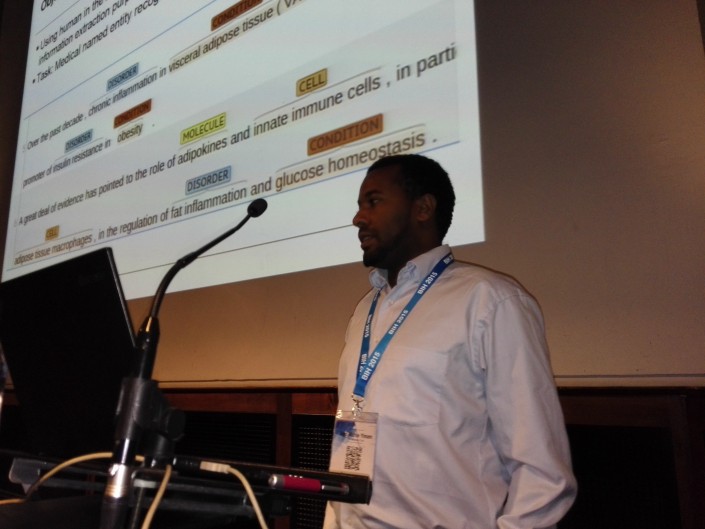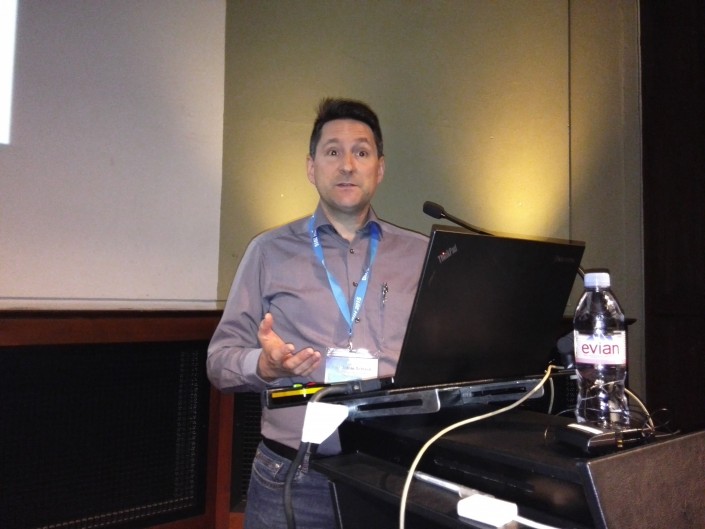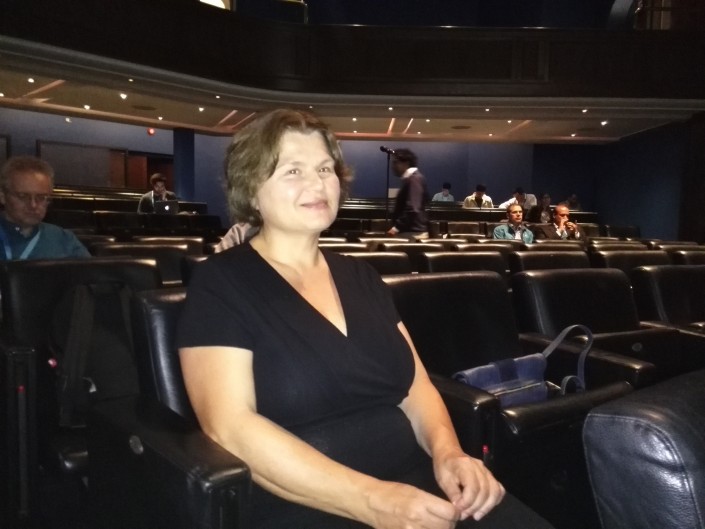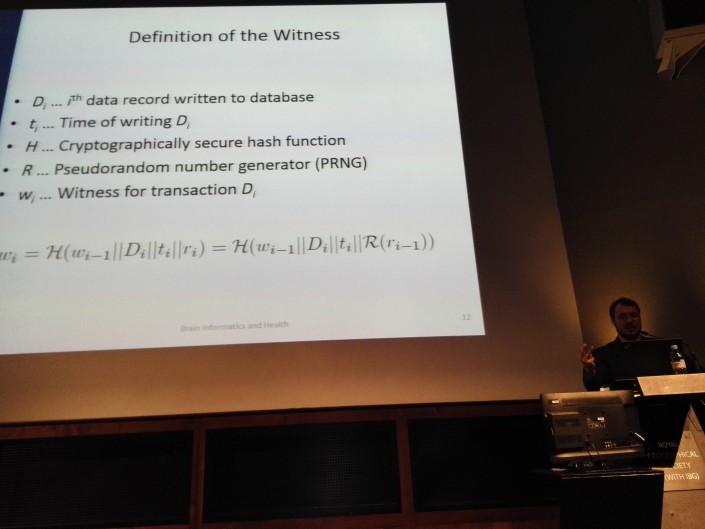Special Session Interactive Machine Learning with the “human-in-the-loop”
2015 International Conference on Brain Informatics & Health (BIH) > London, 01-09-2015
TUESDAY, September 1, 2015
Venue: 1 Kensington Gore, London, SW7 2AR, Royal Geographical Society, Imperial College London
Underground: Piccadilly Line (dark blue): Knightsbridge or Circle Line (yellow) and District Line (green): South Kensington
Directions from Stansted Airport (approx 60 minutes): Railway to Tottenham Hale > Victoria Line towards Brixton to Green Park > Piccadilly Line
Directions from Heathrow Airport (approx 30 minutes): Take Piccadilly Line towards Cockfosters
Session Description and Motivation:
Machine learning is the most growing field in computer science [Jordan, M. I. & Mitchell, T. M. 2015. Machine learning: Trends, perspectives, and prospects. Science, 349, (6245), 255-260], and it is well accepted that health informatics is amongst the greatest challenges [LeCun, Y., Bengio, Y. & Hinton, G. 2015. Deep learning. Nature, 521, (7553), 436-444 ].
Sometimes we do not have big data – but complex data. Applying fully automatic machine learning methods might – when lacking training samples result in artefacts. In this case interactive machine learning may help by putting the human-into-the-loop of the algorithms and benefit from the power of human cognition. This can be particularly beneficial when dealing with NP-hard problems. Examples include subspace clustering, k-anonymization or protein folding – just to name some cases. The basis for interactive machine learning approaches can be found in three roots: reinforcement learning, preference learning and active learning. This session tries to promote some first steps in the fostering of interactive machine learning with particular emphasis on the doctor-in-the-loop to help to solve hard biomedical problems to support human health.
Keywords: Machine Learning, Knowledge Discovery, Data Mining, Health Informatics, Human-in-the-Loop, Doctor-in-the-Loop;
Paper 1 – 11:15 “Interactive and Iterative Annotation for Biomedical Entity Recognition”
Corresponding author: Chris BIEMANN, FG Language Technology, Computer Science Department, Technical University Darmstadt, Germany
Presented by Seid Muhie YIMAM, FG Language Technology, Computer Science Department, Technical University Darmstadt, Germany
Paper 2 – 11:35 “Joint Decision Making on Two Perception Systems using Diversity Rank-Score Function Graph”
Corresponding author: Frank D. HSU, Laboratory of Informatics and Data Mining, Department of Computer and Information Science, Fordham University New York, USA
Presented by: Christina SCHWEIKERT, Division of Computer Science, Mathematics and Science, St. John’s University, Queens, New York, USA
Paper 3 – 11:55 “Analysis of Patient Groups and Immunization Results Based on Subspace Clustering”
Corresponding author: Daniel KEIM, Data Analysis and Visualization Group, University of Konstanz, Germany
Presented by: Tobias SCHRECK, Institute for Computer Graphics and Knowledge Visualization, Graz University of Technology, Austria
Paper 4- 12:15 “Witnesses for the Doctor in the Loop”
Corresponding author: Andreas HOLZINGER, Institute for Medical Informatics, Medical University Graz and CBmed Centre for Biomarker Research in Medicine, Graz, Austria
Presented by: Peter KIESEBERG, SBA Research Secure Business Austria, Vienna, Austria
Paper 5 – 12:35 “Detection of Diabetic Retinopathy and Maculopathy in Eye Fundus Images Using Fuzzy Image Processing”
Corresponding author: Vasile PALADE, Faculty of Engineering and Computing, Coventry University, UK
Presented by: Sarni Suhaila RAHIM, Faculty of Information and Communication Technology, Universiti Teknikal, Malaysia
Paper 6 – 12:55 “A Domain-Expert Centered Process Model for Knowledge Discovery in Medical Research: Putting the Expert-in-the-loop”
Corresponding author: Andreas HOLZINGER, Institute for Medical Informatics, Medical University Graz and CBmed Centre for Biomarker Research in Medicine, Graz, Austria
Presented by: Dominic GIRARDI, Research Unit Medical Informatics, RISC Software GmBH, Johannes Kepler University Linz, Austria


